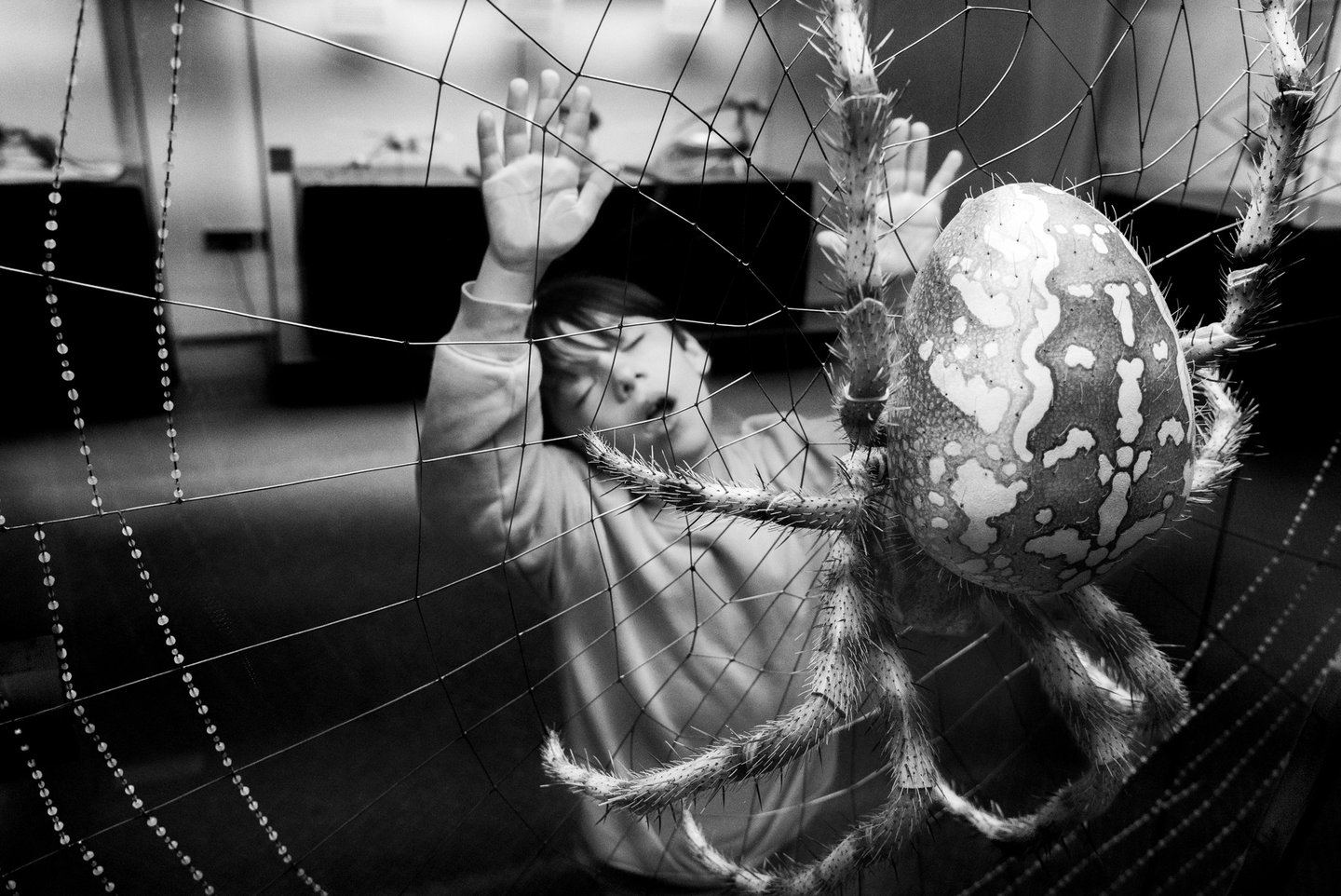

Art says what children say
Deleuze states, "in its own way, art says what children say." At this point, he draws inspiration from Friedrich Nietzsche, who describes the metamorphoses the spirit must undergo to abandon old values and attain freedom. The first metamorphosis is that of the camel, representing the spirit burdened by the weight of obligations, traditions, and values imposed by society. The camel is essential because the spirit must experience the burden of these inherited values before questioning them.
The second metamorphosis is that of the lion, symbolizing defiance and the struggle against inherited values. However, the lion, though powerful, remains in a reactive state. It can destroy old values but cannot yet create new ones.
The third metamorphosis is that of the child. The child lives free from inhibition, dreams of the impossible, and embraces it, playfully connecting with any being human or non-human, real or imaginary willing to share in this play. The child is neither bound by the past nor merely reactive. Day by day, the child reinvents the world around them. How wonderful it is to be close to children and continually be drawn into the worlds they make possible—including this one, where giant spiders have spun the web in which my son is trapped.
© Ana Cichowicz